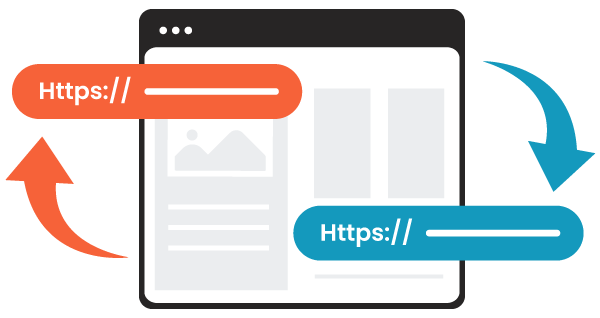Each year as the excitement of the new year wears off, many non-profit organizations start gearing up for another cycle of fundraising, program implementation, and community impact.
Yet, amidst the hustle and bustle of day-to-day operations, one critical aspect often overlooked is strategic planning for the upcoming fiscal year.
Just over 26% of nonprofits align their fiscal year in the first half of the year, with the majority having their fiscal year align with the calendar year. (candid.org)
Regardless of when your organization’s fiscal year starts, starting early and utilizing data-informed insights can significantly enhance a non-profit’s ability to achieve its mission effectively.
Here are 4 reasons why non-profits should start planning their upcoming fiscal year now and how leveraging better data can empower them to make informed decisions.

1. Early Planning Leads to Strategic Advantage
Non-profits operate in a dynamic environment where funding landscapes, societal needs, and donor preferences are constantly evolving.
By starting the planning process early, organizations can gain a strategic advantage in navigating the complexities of fiscal year planning.
Early planning allows ample time for:
- Thorough analysis of past and current programs
- Identifying strategic priorities and goal setting
- Alignment of resources around the priorities
Starting months in advance is not “too early.” It also provides an opportunity to engage key stakeholders (including board members, staff, volunteers, and beneficiaries) in the decision-making process, fostering a sense of ownership and commitment to the organization’s mission.
Don’t wait till the last minute and miss potential funding opportunities.
Learn more about the importance of strategic planning.
However, early planning is only effective if your organization has all your data in an easily accessible format. Let’s further explore why data is important in planning.
2. Harnessing the Power of Data
Data is essential for any operation. And nonprofits are no exception.
Fortunately, nonprofit organizations have incredible access to data from various sources, including donor databases, program evaluations, financial records, and external research, to gain valuable insights into their operations and the communities they serve.
However, the reality is data can be overwhelming. From daily operations to annual reports, understanding how to pull all the data together into clear and cohesive reports can be a daunting task.
But it doesn’t have to be! Leveraging data tools like CaseWorthy’s Power BI Embedded makes building robust reports a breeze.
By analyzing data trends and patterns, organizations can identify areas of strength and opportunities for improvement, allocate resources more effectively, and measure the impact of their programs with greater accuracy.
See 7 reasons why data is essential to nonprofits.
3. Making Informed Decisions
By integrating data into the planning process, organizations can:
- Identify service trends and emerging needs
- Assess the effectiveness of existing programs
- Recognize potential risks and challenges
By making informed decisions based on evidence rather than intuition alone, non-profits can increase their efficiency, accountability, and their ability to create positive change in the world.
See more insights on making data-informed decisions.
4. Building a Culture of Learning and Adaptation
Planning for the upcoming fiscal year is not just about setting goals and objectives; it’s also about building a culture of learning and adaptation within the organization.
By continually monitoring and evaluating performance metrics, non-profits can learn from their successes and failures, adapt their strategies in real-time, and stay responsive to the evolving needs of their stakeholders.
- Real-time reports are the best way to identify insights and make the necessary changes. Don’t wait until it’s too late to fix operational errors. See the trends across your organization and work with your staff to identify opportunities for improvement.
- Easy data capture and tracking is crucial to getting insights. Cloud-based tools such as client-centric Web Portal make it easy to capture client data from anywhere. And leveraging solutions like apBuilder give you ultimate flexibility over all your data to generate insights and custom reports specific to your organization.
This real-time, data-informed approach to planning ensures that organizations remain agile and resilient in the face of uncertainty, allowing them to thrive in an ever-changing landscape.
Final Thoughts:
The upcoming fiscal year presents a prime opportunity for non-profits to chart a course for success. So, let’s roll up our sleeves, dive into the data, and make the upcoming fiscal year the most impactful yet!
At CaseWorthy our goal is to empower health and human services organizations to achieve their mission by doing more with their data. Our industry-leading case management solution empowers organizations to deliver better services, improve outcomes, and streamline workflows by combining your program data and business operations into a single, scalable solution.


